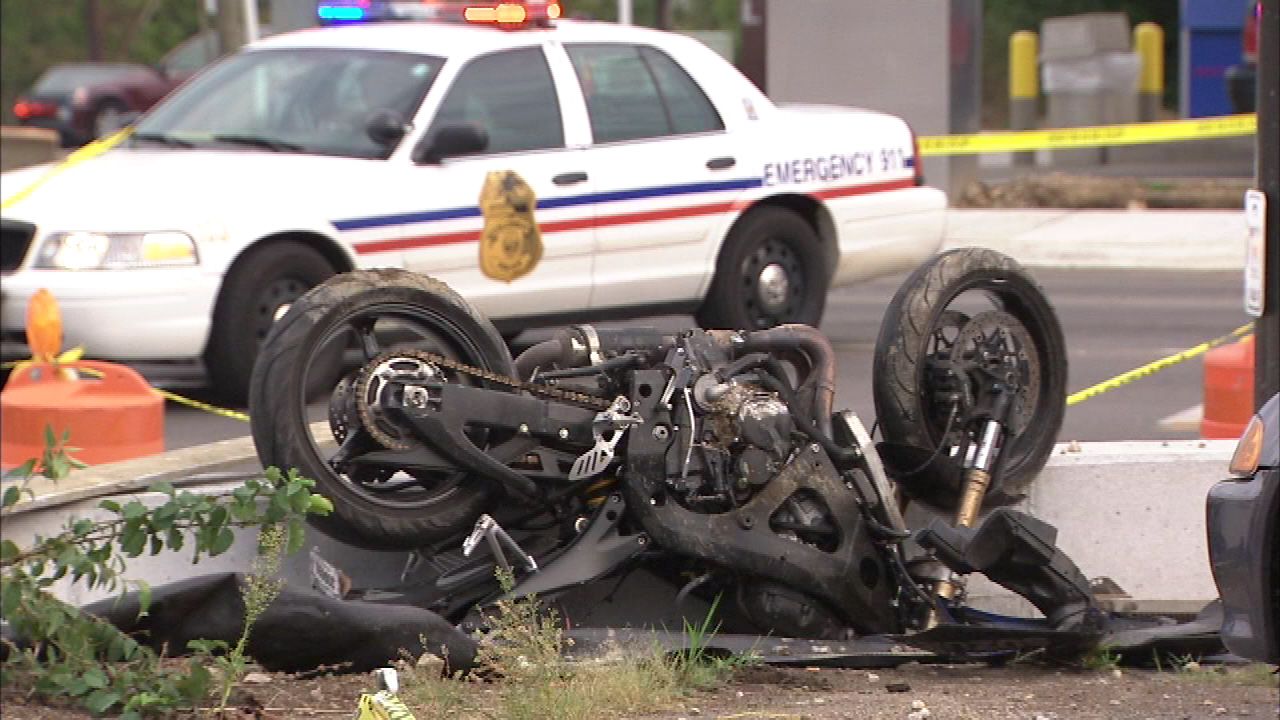Motorcycle fatalities represent a significant public health concern globally. The allure of freedom and adventure on two wheels often overshadows the inherent risks associated with motorcycles. In this essay, we delve into the complex issue of motorcycle fatalities, exploring their causes, consequences, and potential countermeasures to mitigate this tragic trend.
I. Causes of Motorcycle Fatalities
1.1. Lack of Protective Gear
Motorcycle fatalities are often exacerbated by the absence of protective gear such as helmets, gloves, and proper riding attire. Non-use of helmets, in particular, significantly increases the risk of severe head injuries in accidents.
1.2. Speeding
Excessive speed remains a leading factor in motorcycle fatalities. Riders, especially young and inexperienced ones, tend to overestimate their abilities and underestimate the dangers associated with high speeds.
1.3. Impaired Riding
Alcohol and drug impairment impair a rider’s judgment and coordination, increasing the likelihood of accidents. Impaired motorcyclists are at a greater risk of collisions due to impaired reaction times and decision-making.
1.4. Inadequate Training
Inadequate rider training is another factor contributing to motorcycle fatalities. Many riders do not receive proper training before taking to the roads, leading to poor handling skills and limited knowledge of safety measures.
II. Consequences of Motorcycle Fatalities
2.1. Loss of Life
The most devastating consequence of motorcycle fatalities is the loss of life. When accidents occur, motorcyclists are far more vulnerable than occupants of enclosed vehicles, often resulting in fatal injuries.
2.2. Economic Costs
Motorcycle fatalities impose significant economic costs on society. These include medical expenses, legal fees, insurance payouts, and productivity losses due to injuries and fatalities.
2.3. Emotional Impact
Motorcycle fatalities have a profound emotional impact on the families and friends of the victims. Coping with the sudden loss of a loved one due to a preventable accident is a heavy burden to bear.
III. Countermeasures to Reduce Motorcycle Fatalities
3.1. Mandatory Helmet Laws
One effective countermeasure is the enforcement of mandatory helmet laws. Countries that have implemented strict helmet laws have seen a significant reduction in head injuries and fatalities among motorcyclists.
3.2. Rider Education
Comprehensive rider education programs can equip motorcyclists with the necessary skills and knowledge to safely navigate the roads. Governments and organizations should invest in accessible and affordable rider training.
3.3. Impaired Riding Prevention
To combat impaired riding, strict enforcement of laws against driving under the influence of alcohol or drugs is essential. Public awareness campaigns can also emphasize the dangers of riding while impaired.
3.4. Speed Limit Enforcement
Enforcing speed limits and implementing speed reduction measures in accident-prone areas can reduce the severity and frequency of motorcycle accidents caused by speeding.
Conclusion
Motorcycle fatalities are a multifaceted problem with grave consequences for individuals and society as a whole. To address this issue effectively, it is crucial to target the root causes, including the lack of protective gear, speeding, impaired riding, and inadequate training. Implementing countermeasures such as mandatory helmet laws, rider education programs, impaired riding prevention, and speed limit enforcement can significantly reduce the incidence of motorcycle fatalities and spare countless lives from the tragic consequences of motorcycle accidents. Achieving safer roads for motorcyclists is not only a matter of regulation but also of fostering a culture of responsible riding and awareness.
Superbike-Coach Corp
















